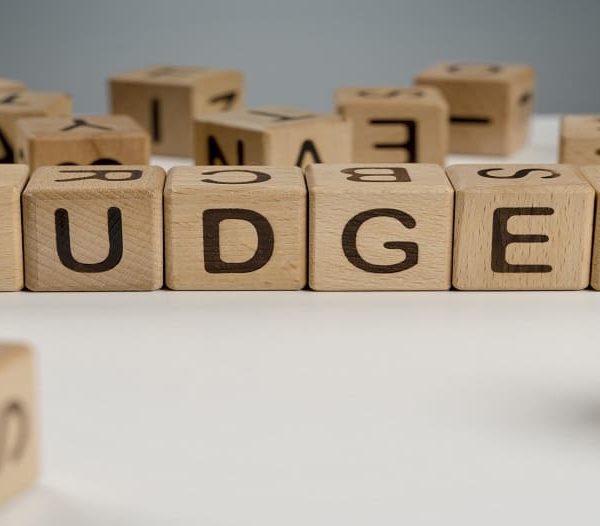Though it’s not very evident, money laundering is deeply entrenched to its roots in our society. Using and obtaining money through illegal means only fraudulently turn it into legitimate money using fake means id one everywhere.
Even though degrees of doing it might vary but it is still a crime and needs proper investigations and scrutiny to be controlled and prohibited. India has its own laws and legislation in place to prevent this but it still continues to live and breathe in the small dark alleys of the society.
What is the meaning of Money Laundering?
Money Laundering means the act of procuring, concealing, and turning illegally obtained funds into legitimate proceeds. It comes under the same branch as other more serious smuggling crimes such as drug trafficking, human trafficking, robbery, etc.
This money is generated by investing in the black market and under-the-table crimes such as drug trafficking, illegal arms sale, and terrorist funding. Even operating prostitution rings, bribery, and computer fraud schemes produce large amounts of capital for them.
How Does Money Laundering Work?
There are four basic stages of money laundering
- The first step is procuring the money through numerous illicit activities.
- The second step is known as Placement. In this step, the money obtained is then turned from black to white and injected into legitimate finances.
- The third step is known as Layering, in which small accounting tricks are used to spread this money over numerous transactions to remove the trail back to its actual source.
- The fourth step is Integration, in which the now-clean money is taken out to be used for normal transactions or to further invest in illegal activities which brings the cycle back to square one.
The Several Forms of Money Laundering
There are certain ways to launder the money that has been applied numerous times such as
Structuring also called Smurfing
Smurfing is when someone breaks up a transaction involving a large amount of money into smaller transactions below the reporting threshold to evade scrutiny.
Bulk Cash Smuggling
This is when a huge amount of money is physically smuggled in cash to faraway places such as off-shore banks, that do not have money laundering checks in place or cater to clients in an especially secretive manner.
Cash Intensive Businesses
These businesses conduct dealing mainly in cash and thus can sneak in illicit money along with the legitimate money earned into their account books. Service-based businesses easily conduct these kinds of dealings as no variables are involved in it. For example parking structures, strip clubs, restaurants, car washes, bars, casinos, arcades, etc.
Trade-based Laundering
This is one of the most complex ways of money laundering as it involves under and overvaluing invoices for concealing the movement of money.
Shell companies
Trusts and shell companies disguise their true owners.
Round tripping
Money is transferred to off-shore CFC with minimal records and then is transferred back as an investment and thus evades taxation.
Gambling
Small bets with large returns and negligible losses are made and the money is recorded as gambling wins.
Black salaries
A company may have a number of unregistered employees with written contracts to whom salaries are paid using illicit money.
Tax amnesties
Legalizing unreported cash and assets in tax havens, a place where there are low tax rates for foreign investors.
Transaction laundering
When a merchant unknowingly processes illicit money for other businesses.
Also Read : UPSC Mains Exam Question with Answer: GS Paper 1 Solution for Better Preparation
Anti-Money Laundering Laws in India (AML Laws)
The Prevention of Money-Laundering Act (PMLA), 2002 is a legislation that is dedicated to preventing money laundering in India. The law’s three main objectives are :
-
- To prevent and control money laundering.
- To confiscate and seize property obtained from laundered money.
- To deal with any other matters that are connected with or arise because of money-laundering in India.
Under the PMLA Act, the Enforcement Directorate is the body that has the right to conduct a Money Laundering investigation. Apart from this, there are other specialized provisions such as RBI/SEBI/IRDA anti-money laundering regulations and stipulated punishments for money laundering.
Enforcement Directorate
Directorate of Enforcement (ED) is a specialized financial investigation agency under the Department of Revenue, Ministry of Finance, Government of India. Earlier called ‘Enforcement Unit’ was formed, in the Department of Economic Affairs, for handling Exchange Control Laws violations under Foreign Exchange Regulation Act, 1947. ED enforces the following laws:
- Foreign Exchange Management Act,1999 (FEMA)
- Prevention of Money Laundering Act, 2002 (PMLA)
Prominent Cases of Money Laundering in India
The most well known and high profile money laundering cases in India were:
- Commonwealth Games Scam 2010: 70,000 Crore Scam
- Group financial scandal 2013: A 4000 Crore Scam
- Indian coal allocation scam 2012: 185,591 Crore Scam
- 2G scam 2008: 176,000 Crore Scam
Conclusion
With the developing country and new ideas and technologies being introduced into the market every second, new methods and ways of laundering money are also being evolved. The threat from this scheme needs equally advanced laws that can prevent this from happening, such as the usage of AI and big intelligence databases at the government level.
This isn’t a threat only bound to the seams of the national boundaries but concerns the whole world so it is imperative for both national and international stakeholders to come together to fight against this.
Also Read : UPSC Civil Service Exam: Everything to Know about the Indian Civil Service Exam






I own read your article. It’s truly helpful. We may benefit lots from it all. Fluent writing style and even ivid thoughts make people readers enjoy reading. I could share ones own opinions along with my good friends.
Cieszę się z jego sukcesów, każdy jest okupiony potężną pracą, sercem i wysiłkiem. Na drodze chwały i sławy zachowaj incognito.